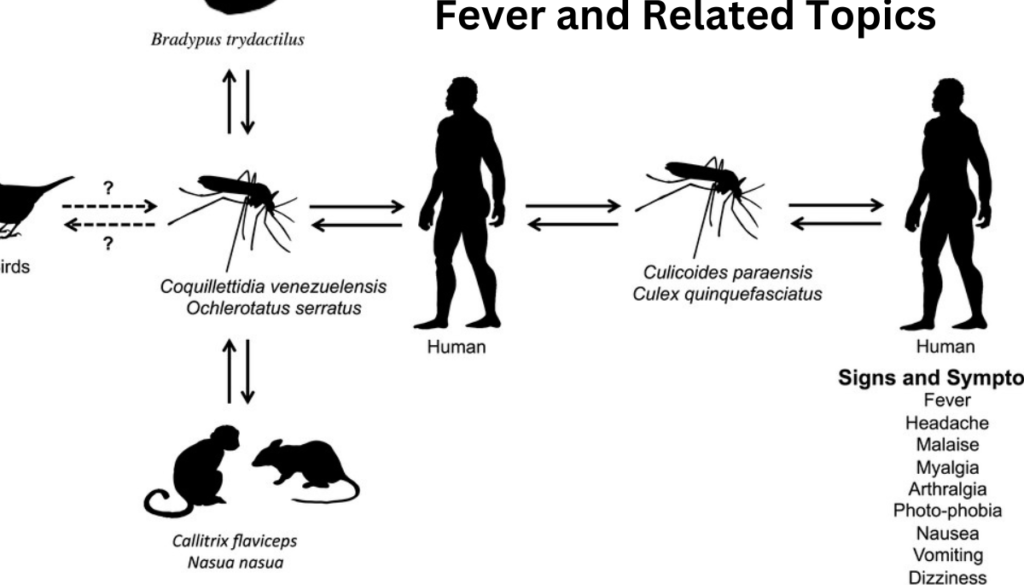Research Report on Oropouche Fever and Related Topics
Oropouche fever is a tropical viral infection. It causes a sudden onset of severe symptoms. Midges, tiny insects, are the main carriers of it. This disease poses a significant public health challenge in parts of South America. This report covers the virology, epidemiology, and public health impacts of Oropouche fever. It stresses the role of global health groups. They manage this new tropical disease.
Oropouche Fever: A Debilitating Tropical Illness
Imagine getting hit by a sudden wave of intense fever. You’d also have a headache and excruciating joint pain. It’s so bad that even the slightest movement is unbearable. This is the reality for thousands of people. Oropouche fever, a viral illness, affects them in parts of South America. The symptoms usually appear within a week after the infective bite and can last for days. They leave people weak and unable to do daily activities.
Oropouche Orthobunyavirus (OROV): The Culprit
The Oropouche orthobunyavirus (OROV) causes this disease. It is a member of the Orthobunyavirus genus. Like many viruses, OROV has a genome with three parts. It is an arbovirus. Arthropods like mosquitoes and midges spread viruses, as the term indicates.
The Tiny Terror: Culicoides paraensis midge
Mosquitoes often take the blame for spreading disease. But, for Oropouche fever, the main culprit is a tiny insect. It’s called the Culicoides paraensis midge. These minuscule bugs thrive in the tropics, breeding in moist soil and leaf litter. Their compact build allows them to slip through window screens and nets. This makes it tough to avoid their bites, especially at dusk and dawn.
Beyond Acute Symptoms: The Long-Term Impact
“It was heartbreaking to be unable to care for my children or contribute to my family’s income.”
International Health Organizations: A Beacon of Hope in Disease Prevention
International health organizations recognize the growing threat of Oropouche fever. They have taken a proactive stance in monitoring and controlling its spread. These organizations work with local health authorities in affected countries. They provide technical support and resources to strengthen surveillance systems. They also aim to improve diagnostic capabilities and install effective vector control measures.
The Fight Continues: Research and Future Directions
Despite the challenges, researchers keep working hard. They are working to make effective vaccines and antiviral treatments for Oropouche fever. They are also working to develop new ways to control disease spread. For example, they are making mosquitoes that are resistant to OROV. We hope these advances will one day end this crippling disease.
Conclusion
Oropouche fever was once a neglected tropical disease. But it has gotten more attention in recent years. This is due to its potential for big outbreaks and its impact on human health. Challenges remain in controlling its spread and reducing its long-term effects. But groups from many places are working together to fight it. They offer hope for a future free from this bad disease.
Keep visiting https://vibrantlivings.com. you can get here more health releted information.


